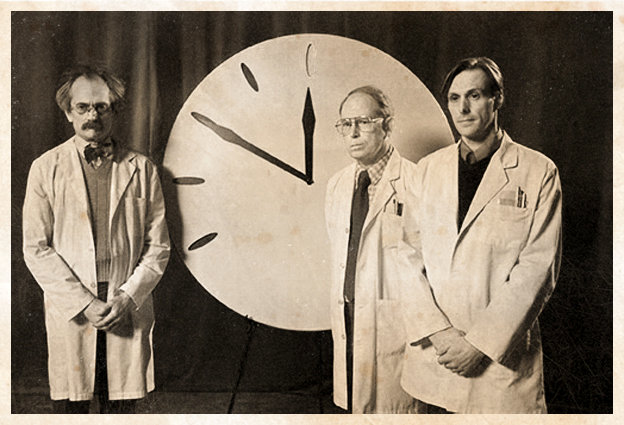In class the other day we noted that often in the sub-genre of slasher films, the girl who survives is The Good Girl” the virgin, while all the more promiscuos girls are surely going to be killed. In this clip from Scream, we are taught some of the rules to survive a horror movie.
[kml_flashembed movie="http://www.youtube.com/v/X-q-AWD_8AY" width="425" height="350" wmode="transparent" /]
From the first two rules layed out in this slasher film parody, we learn sinning (by either sex, drugs, or alcohol) is what get you killed. This might support the approach that the slasher film is preaching conservative ideals, and that the killer (much like Thursday’s group discussed about Michael Myers) is restoring order amongst the chaos.
However, there are many other
explanations that offer a different perspective in explaing the virgin survives phenomenom. One thing to note is that almost always, the lead of a slasher film is a female. In fact there is a phrase coined for the final survivor of horror flicks, as The Final Girl. Therefore, the female lead needs to be explained.
One popular explanation helps explain why the Final Girl is often a virgin. In horror films in order to deepen the anxiety and terror of the film (which is the point of horror films, either that or to laugh at them but thats a different story) the main charachter has to show terror, fear, and essentially scream; which a man lead can not do (as men are never allowed to be afraid even when chased by an axe bearing lunatic). However, as this genre is more male orientended, and the lead at the end has to portray some characteristics more often associated with males, such as the bravery and aggression to use violence and weaponry, it is important for the lead to not to be too feminine. Therefore, her sexuality is mininimized and she often is made into virgin , often with a unisex name, so the male viewer can view her as a somewhat more masculated hero. That is why the more feminine characters are killed off. (This idea is somewhat derived from Carol Clover theory on the Final Girl, the term she coined).
I also found this song on youtube that is written about the Final Girl of horror flicks from 70s and 80s. Doesn’t offer much content but thought I’d share it.
[kml_flashembed movie="http://www.youtube.com/v/sP8nT2QQp5k" width="425" height="350" wmode="transparent" /]





 After reading Stephen’s post, I was inspired to write about how children in the US are brainwashed. I had recently watched a documentary called Jesus Camp and I thought it was an excellent example of the indoctrination of children. It reminded me of The Manchurian Candidate and Melley article (Stephen covered most of the points so I won’t spit them back out).
After reading Stephen’s post, I was inspired to write about how children in the US are brainwashed. I had recently watched a documentary called Jesus Camp and I thought it was an excellent example of the indoctrination of children. It reminded me of The Manchurian Candidate and Melley article (Stephen covered most of the points so I won’t spit them back out).








